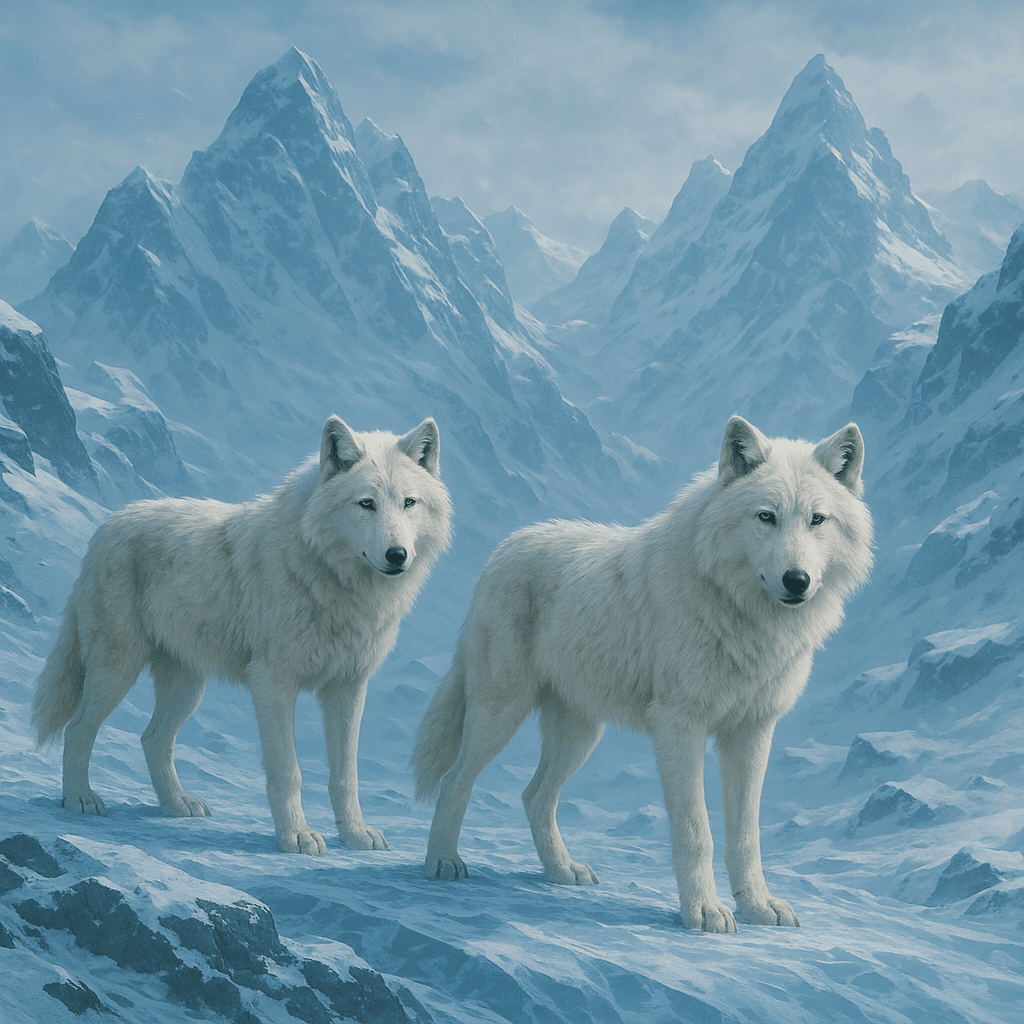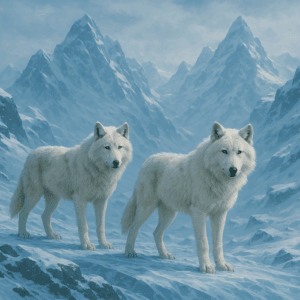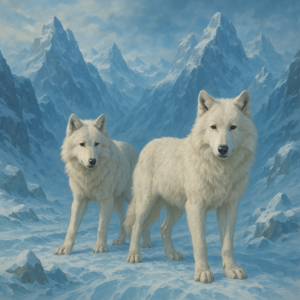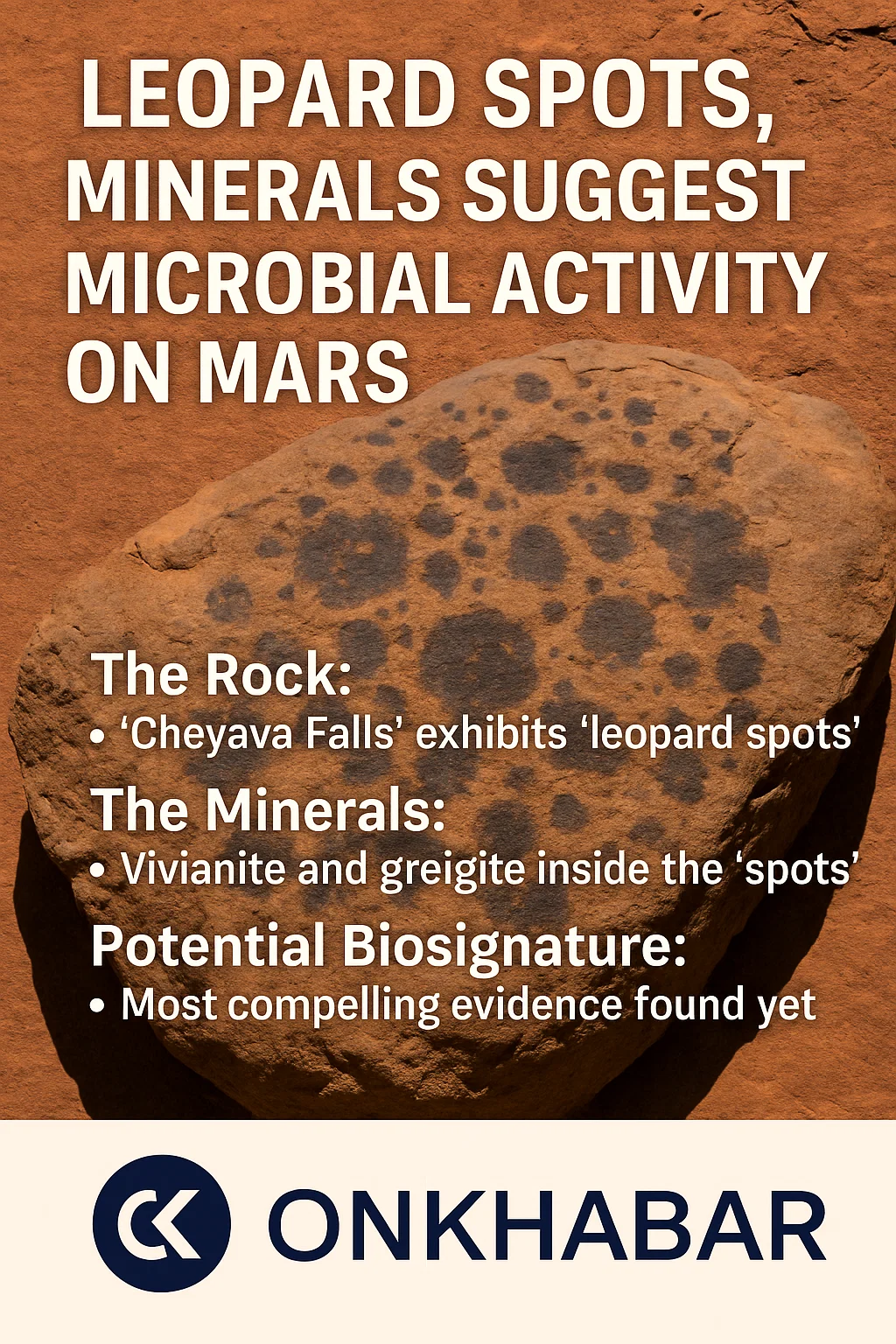
In a groundbreaking achievement that sounds like science fiction, Colossal Biosciences has announced the successful de-extinction of the dire wolf—a species that vanished from Earth over 12,500 years ago. This milestone not only marks the first time an extinct animal has been brought back to life but also signals a transformative leap for global conservation efforts. Alongside this feat, the company has also birthed critically endangered red wolves using innovative cloning technology, offering hope for species on the brink of extinction. Here’s why this breakthrough matters and what it means for the future of biodiversity.

Colossal Biosciences has revived the extinct dire wolf using CRISPR and cloning—a breakthrough for de-extinction and conservation. Discover how this innovation saves endangered species like the red wolf.
The Dire Wolf Rises: Science Fiction Meets Reality
The dire wolf (Aenocyon dirus), immortalized in pop culture by Game of Thrones and Dungeons & Dragons, was once a real apex predator roaming North America during the Pleistocene epoch. Larger than modern gray wolves and equipped with powerful jaws, these Ice Age giants hunted megafauna like bison and horses before disappearing around 13,000 years ago.
Colossal’s team resurrected the species using DNA extracted from two fossils: a 13,000-year-old tooth and a 72,000-year-old skull. By sequencing ancient genomes and comparing them to living canids, scientists identified 20 key genetic edits to transform gray wolf DNA into that of its extinct cousin. Fifteen of these edits reintroduced gene variants lost for millennia, altering traits like size, fur density, and coat color. The result? Three healthy dire wolf pups—Romulus, Remus, and Khaleesi—born via surrogate domestic dogs.
This achievement shattered records in genetic engineering, demonstrating Colossal’s ability to perform precise germline edits at scale. As CEO Ben Lamm stated, “Our end-to-end de-extinction technology stack works—this is just the beginning.”

How De-Extinction Works: A Blueprint for Conservation
Colossal’s process combines cutting-edge paleogenomics, CRISPR gene editing, and cloning:
- Ancient DNA Extraction: Genetic material is recovered from well-preserved fossils.
- Genome Sequencing: Advanced computational tools reconstruct the extinct species’ genome.
- Gene Editing: CRISPR technology edits the DNA of a closely related living species (e.g., gray wolves) to mirror the extinct variant.
- Cloning & Surrogacy: Edited cells are cloned and implanted into surrogate mothers.
For the dire wolf, edits targeted genes linked to size (HMGA2), coat color (MC1R), and skeletal structure. Remarkably, the team also discovered that dire wolves had white fur—a trait invisible in fossils—through genetic analysis.
This same pipeline has already aided conservation. By cloning red wolves from blood-derived endothelial progenitor cells (EPCs), Colossal added three new genetic lines to a population previously reliant on just 14 founders. With fewer than 20 red wolves left in the wild, this innovation could stave off extinction.
George R.R. Martin holds the first new dire wolf born in 10,000 years pic.twitter.com/5JPepJK8k1
— Winter is Coming (@WiCnet) April 8, 2025
Why De-Extinction Matters for Endangered Species
Colossal’s work isn’t just about reviving the past—it’s about saving the present. The technologies developed for de-extinction have immediate applications:
- Genetic Rescue: Injecting lost diversity into inbred populations (e.g., red wolves, cheetahs).
- Biobanking: Preserving DNA from endangered species before they disappear.
- Disease Resistance: Engineering resilience against threats like climate change or pathogens.
As Dr. Bridgett vonHoldt, a Princeton evolutionary biologist, notes, “The dire wolf project creates hope for countless endangered species fighting for survival.”
Ethics, Ecology, and Indigenous Stewardship
De-extinction raises valid questions. Should we revive species without their original ecosystems? Could they disrupt modern environments? Colossal addresses these concerns through partnerships with Indigenous communities and conservationists.
The company’s wolves reside on a 2,000-acre USDA-certified preserve, monitored for eventual rewilding. Collaborators like the MHA Nation emphasize the cultural and ecological significance of restoring balance. “The dire wolf carries the echoes of our ancestors,” said Tribal Chairman Mark Fox. “Its return reminds us of our duty as Earth’s stewards.”
Ethical oversight is critical. Colossal’s bioethics lead, Alta Charo, stresses that de-extinction must align with conservation goals, not vanity. By prioritizing traits safe for surrogate species (e.g., using gray wolf-friendly coat color genes), the team minimizes risks.
The Future of De-Extinction: Mammoths, Dodos, and Beyond
Colossal’s ambitions stretch far beyond dire wolves. The company is also pioneering projects to resurrect the woolly mammoth, thylacine (Tasmanian tiger), and dodo. In March 2024, they unveiled a “woolly mouse” with mammoth-like fur and fat metabolism—a stepping stone to engineering cold-resistant elephants.
These efforts could revolutionize conservation:
- Woolly Mammoths: Restoring Arctic grasslands to combat permafrost thaw.
- Thylacines: Rebalancing Australian ecosystems ravaged by invasive species.
- Red Wolves: Expanding genetic diversity to stabilize populations.
Conclusion: A New Era of Stewardship
Colossal Biosciences’ success with the dire wolf proves that de-extinction is no longer a fantasy—it’s a tool. By merging paleogenomics, synthetic biology, and ethical conservation, humanity gains a lifeline to repair biodiversity loss. As climate change accelerates extinction rates, such innovations may become essential.
But with great power comes responsibility. Rewilding must be guided by science, Indigenous wisdom, and humility. As Dan Flores, historian and author, reflects, “Colossal gives me hope. We might yet experience a world richer in life—one where lost species thrive again.”
For now, the howl of the dire wolf echoes once more—a call to reimagine our relationship with nature.









